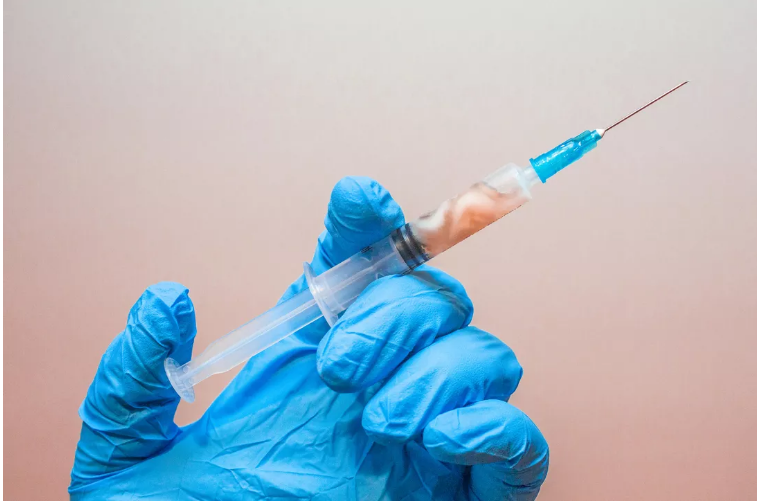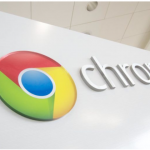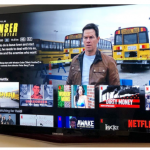Johnson & Johnson seeks emergency authorization from FDA for COVID-19 vaccine, report says – One week after announcing its single-dose vaccine was 66% effective overall in preventing COVID-19 in a global clinical trial, Johnson & Johnson applied for an emergency use authorization from the US Food and Drug Administration for the vaccine, according to a Thursday report by CNBC.
The FDA granted emergency use authorization to both Pfizer and Moderna for their coronavirus vaccines in December, with vaccinations beginning just days later. Those vaccines are said to be 95% and 94% effective, respectively.

Johnson & Johnson says in addition to that 66% stat, its vaccine is 85% effective in preventing severe disease. Authorization of the vaccine could come as soon as this month, CNBC says.
Unlike the Pfizer and Moderna vaccines, Johnson & Johnson’s vaccine only requires a single shot. It can also be stored at normal refrigeration temperatures for up to three months, which is significantly longer than the Pfizer and Moderna vaccines.
Johnson & Johnson single-dose COVID vaccine is 66% effective, company says
Johnson & Johnson on Friday said its single-dose vaccine was 66% effective overall in preventing COVID-19 in its global clinical trial, and 85% effective in preventing severe disease. The trial included nearly 44,000 participants across the US, Latin America and South Africa, and the level of protection varied by region.
“The level of protection against moderate to severe COVID-19 infection was 72% in the United States, 66% in Latin America and 57% in South Africa, 28 days post-vaccination,” the company said, adding that the “onset of protection was observed as early as day 14.”
Unlike the Pfizer and Moderna vaccines, the Johnson & Johnson vaccine only requires a single shot. It can also be stored at normal refrigeration temperatures of 35 to 46 degrees Fahrenheit for up to three months, significantly longer than the Pfizer and Moderna vaccines.
“Changing the trajectory of the pandemic will require mass vaccination to create herd immunity, and a single-dose regimen with fast onset of protection and ease of delivery and storage provides a potential solution to reaching as many people as possible,” said Dr. Mathai Mammen, head of Janssen Research & Development, in a release on Friday.
You can get the COVID-19 vaccine, but kids can’t. Why not, and when they might
Since the start of the pandemic, questions have flourished surrounding the role children might play in contracting and spreading COVID-19. And yet, as the rollout of vaccinations against the coronavirus continues to ramp up, one group — kids — has been conspicuously absent from any of the priority groups. Although children represent a small but significant percentage of coronavirus cases, a few of those patients have experienced some of the most severe COVID-19 symptoms. Plus, research has shown children are responsible for at least some of the virus’s spread. So, why aren’t kids getting vaccinated yet?
The answers have a lot to do with how vaccines are developed and tested in general, and the fact that neither of the vaccines currently being used in the US has been approved for kids under 16. But there’s also a particular quirk with this coronavirus that actually helps — namely, that children tend to have a higher rate of recovery from COVID-19 than almost any other age group. Plus, children aren’t the only group specifically being told to hold off on getting coronavirus vaccines (keep reading for who else should skip the vaccine line).
COVID-19 vaccine: How to track doses distributed in your state
Wondering how many people have been vaccinated against the coronavirus in your state? You’re not alone — Americans were expecting 20 million doses of the COVID-19 vaccine to be administered before the end of 2020, but the US has only now just reached a little over 32 million.
President Joe Biden signed an executive order to release all COVID-19 vaccines, with a goal of administering 150 million vaccines within 100 days. The Centers for Disease Control and Prevention’s new tracker shows how many people have received the first dose, as well as the second booster shot, so you can keep track in your state. At this time, the tracker doesn’t show which cities are receiving the most vaccines, but it’s likely to be the most populated areas.
Here’s how to track the number of COVID-19 vaccine doses that have been distributed in your state. Also, here are medical charges you may encounter if you get the vaccine.







